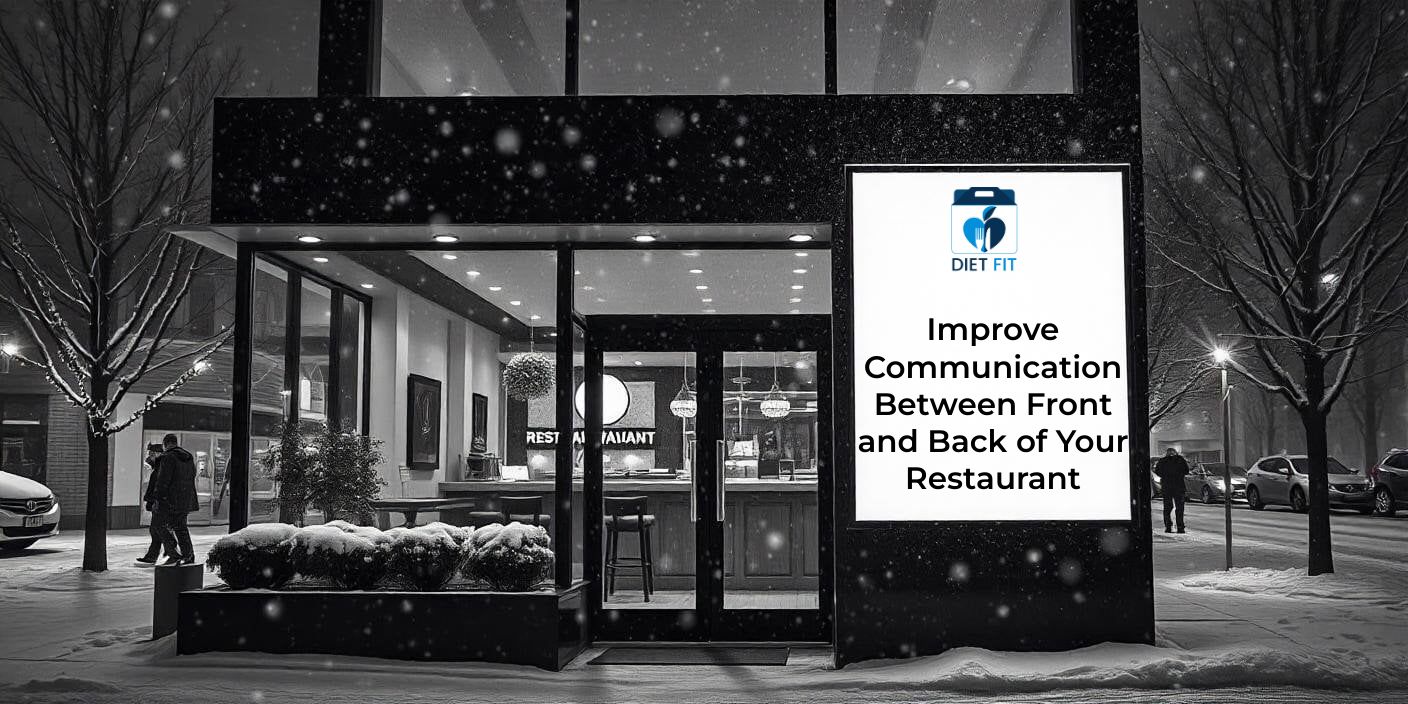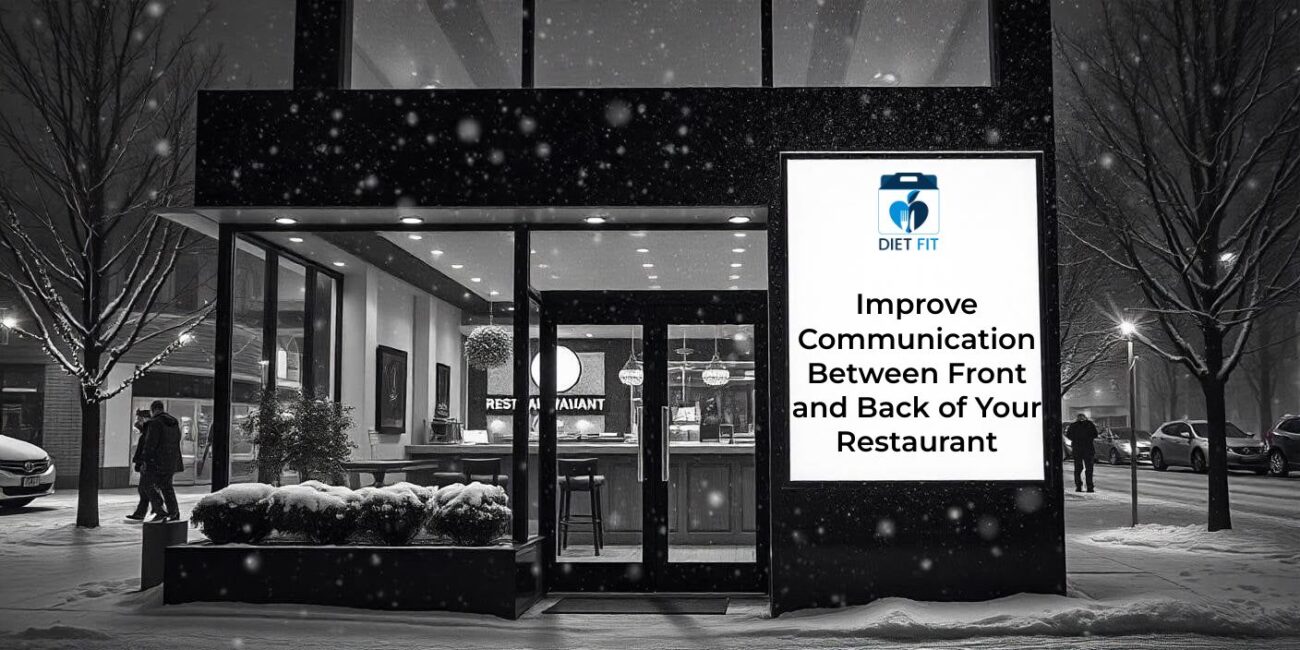The significance of communication between the front of house and back of house at high-pressure eateries and restaurants is crucial to making the service flow smoothly. A well-coordinated flow of information minimizes errors in orders, reduces delays, and increases morale. If communication fails, even the finest culinary or service talents may not be enough to satisfy customers. A restaurant can develop its operations and deliver a great experience to its guests by creating an environment of open communication, teamwork, and continuous improvement.
Challenges in FOH-BOH Communication
Another big issue in most restaurants is the communication between FOH and BOH. The server and kitchen staff have different priorities: servers need to satisfy their customers with their service, and the kitchen needs to get meals prepared as fast and good as possible. This collision of priorities often results in:
Order errors and delays: Miscommunication of orders between FOH and BOH may result in a wrong dish being prepared.
Friction and Tension: On account of lack of coordination, the present two departments may develop stress in busy hours.
Inconsistent customer service: Service may suffer due to lack of aligment, with delays or incomplete orders affecting the guest experience.
Such challenges will, therefore, require the development of structured strategies and tools that bridge the gap between the forward-hand FOH and the backward-hand BOH operations.
Strategies for Effective Communication
Pre-shift Meetings: Pre-service conferences can ensure that the whole team is aligned on a daily basis on objectives and in menu changes and reservations. It encourages team work and gives no nasty surprise during service.
Cross-training Employees: Employees who understand the roles of FOH and BOH are more effective at communicating. The cross-training of servers for kitchen processes and vice versa leads to increased empathy and teamwork.
Defined Roles: Every member of the team should be well aware of what is expected of them. Nobody should be confused about who will do what to avoid changing the original plan. Order tracking systems ensure everyone knows who will take the fall in case of a particular job.
Leveraging Technology for Better Communication
Technologies for aiding communication in restaurants play a great role. In that sense, tools link the FOH and BOH teams together so that orders flow with little room for miscommunication.
POS systems: A connected POS system ensure all the orders with their details are transmitted accurately and promptly to the kitchen. Screens of a KDS keep BOH staff informed and aware of orders that are coming in.
Real-time Messaging Apps: Internal messaging apps through mobile applications will allow FOH and BOH employees to communicate immediately as information is received. Recommendations on menu item adjustments due to the low levels of particular menu items can be immediately communicated back to the FOH staff.
Table management software: Tracks the table status and waiting time of customers across the organization and ensures better co-coordination between hosts, servers, and kitchen staff, which translates into higher customer satisfaction.
Building a Collaborative Culture
Well, beyond the technology, great workplace cultures are necessary for effective communication among team members. The group will most likely communicate and support each other when they are valued and respected at the workplace.
Celebrate Successes: Encourage team work by celebrating successes, such as smooth shifts or record-breaking days, that create unity between FOH and BOH staff.
Respect for All Roles: Emphasize the point that both FOH and BOH are important parts of the restaurant. When there is respect between teams, respect will bloom in communication.
Monitoring and Continuous Improvement
It is of utmost importance to have a track of how your system and processes are working in order to implement effective communication on a regular basis. Continuous improvement helps the restaurant avoid failures over time and grow stronger day by day.
Seek Feedback: Take time to ask the staff what is working and what is not. Small changes based on the staff’s feedback can do big things.
Adapt to Changes: The communication practice should be adaptive to changes according to the new challenges one is facing. This would make the team flexible and responsive about the changes adapted in the business.
Conclusion
Clear and consistent communication between FOH and BOH is a basic requirement for good restaurant operations. It is the blending of structured strategies, modern technology, and a culture of collaboration that can dismantle barriers to communication and make service seamless. Measuring performance and continually improving communications practices will foster better teamwork but also keep the house full of happy patrons who lead to higher profitability. With proper tools and mindset, your restaurant stands a better chance to thrive and shine from the crowd.


